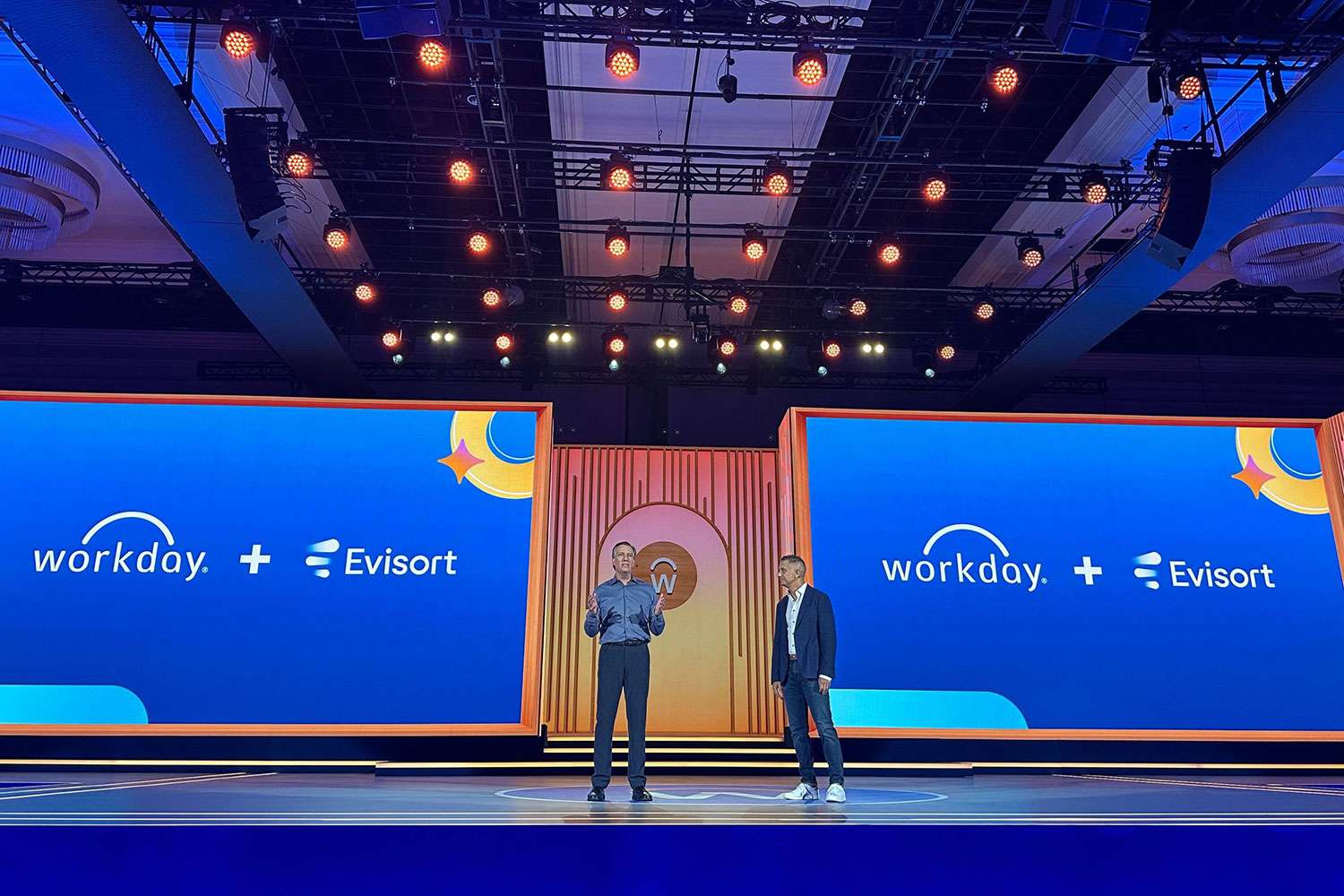Three Simple Rules for Small Business Cloud Migration Strategy

Small business cloud migration to Amazon Web Services (AWS) has a positive impact on companies by providing opportunities to improve processes and bottom lines. When you run a small-to-medium sized business (SMB), every dollar counts. Investing in the wrong thing at the wrong time can be the death knell to your ability to finish in the black in any given calendar year.
That’s one of many reasons that SMBs may fear technological transitions.
It is not only about the money (although that’s obviously important) but it is also about interrupting a good thing, taking the company’s work processes offline, and the collective breath holding that everything is going to get back to work as intended once the technological shift is complete.
With the context that change must be impactful to be justified, how does a small-to-medium sized business (SMB) then decide on which technology changes to prioritize? Keep reading to find out.
Three Words: AWS. Cloud. Migration.
If you’re a relatively new small-to-medium sized business (SMB), this probably sounds obvious. Day-to-day life as a consumer is almost predominantly cloud based or enabled, from groceries to entertainment.
But there are still SMBs that are on systems that don’t provide the ease and flexibility of life on the cloud, so what are the steps they can take to move in that direction?
1. Select Which Servers to Move
The biggest misconception about shifting to a cloud service such as AWS is that everything must be done all at once. Slow and steady can still win this race. Start with some non-essential pieces that won’t throw a wrench in your day-to-day operations if there’s a glitch or a slowdown when they make the move, then go from there.
An on-premise server can be used daily but can be moved to cloud servers without changing your operating system.
2. The Old Lift-and-Shift
Rehosting is the process by which your entire workload is moved while minimal change is made to the application software.
It’s a little like the concept of Hercules taking the weight of the world from Atlas in the old story from Greek mythology. Same weight but a new pair of shoulders.
User experience is minimally impacted because the applications remain the same. While you and your IT department (even if they’re one and the same) have newfound flexibility and cost-savings.
3. Move Your Data First
Data is critical. Whether it’s your customer list, your inventory management, accounts billing, or any of the other thousands of data points that are collected and imperative to you running your organization, data must be housed (and safely).
Data Lakes on AWS can hold data and make it easily retrievable no matter where you are logging in from, instead of having to be on-site and access data from a central location.
ERPA + AWS Small Business Cloud Migration Strategy
Sometimes a small-to-medium sized business can feel like they’re “too small” for partners and must go it alone. We’re here to tell you that’s not true.
We have helped many SMBs decide whether small business cloud migration is right for them, and ERPA’s AWS cloud managed services help maintain your cloud environments without tapping in your team’s bandwidth. We offer a cloud readiness assessment that is beneficial to all companies, inclusive of size.
Want to learn more? Contact us today to speak with someone on how we can help solve your business cloud challenges and opportunities.































